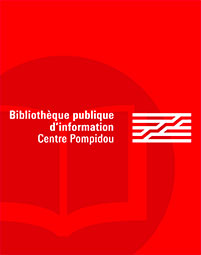par Gale, Dennis E.
Temple University Press
-
-
Disponible - 913.323 GAL
Niveau 2 - Géographie, urbanisme
par Gale, Dennis E.
Temple University Press
-
Disponible - 913.323 GAL
Niveau 2 - Géographie, urbanisme

Gale (emer., public affairs and administration, Rutgers Univ.) offers an intriguing analysis of a previously unrecognized chapter in the history of urban gentrification. He documents what he terms "embryonic gentrification," which began in the early 20th century. Misunderstanding the timing of gentrification as well as its grassroots nature, planners have identified incorrect causal explanations for this process. The book is organized into three sections; the first, and longest, provides chapter case studies of Georgetown, Greenwich Village, and Beacon Hill. A follow-up chapter on additional cities effectively argues that the three detailed examples were far from isolated attempts to restore and preserve older building stock and residential neighborhoods. However, before the 1960s term gentrification emerged, earlier efforts were understood as "remodeling," even when this activity extended beyond individual households to characterize a neighborhood. Gale reveals that people of different socioeconomic statuses engaged in gentrification before discussing the post–WW II era when federal policies provided funding to demolish and rebuild rather than restore urban decline. A new wave of gentrification repudiated this destruction but was mistakenly identified as elite. Gale establishes gentrification as a promising grassroots strategy for revitalizing urban neighborhoods.Summing Up: Highly recommended. All levels. Reviewer: A. E. Krulikowski, West Chester University

Disponible - 913.323 GAL
Niveau 2 - Géographie, urbanisme